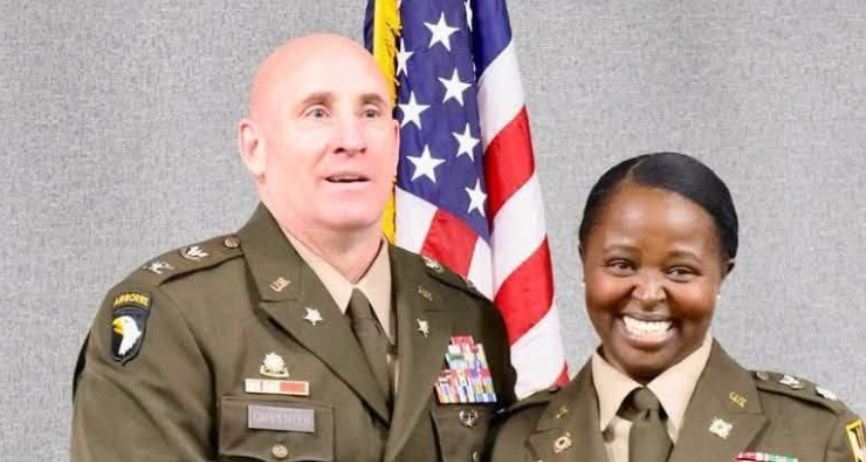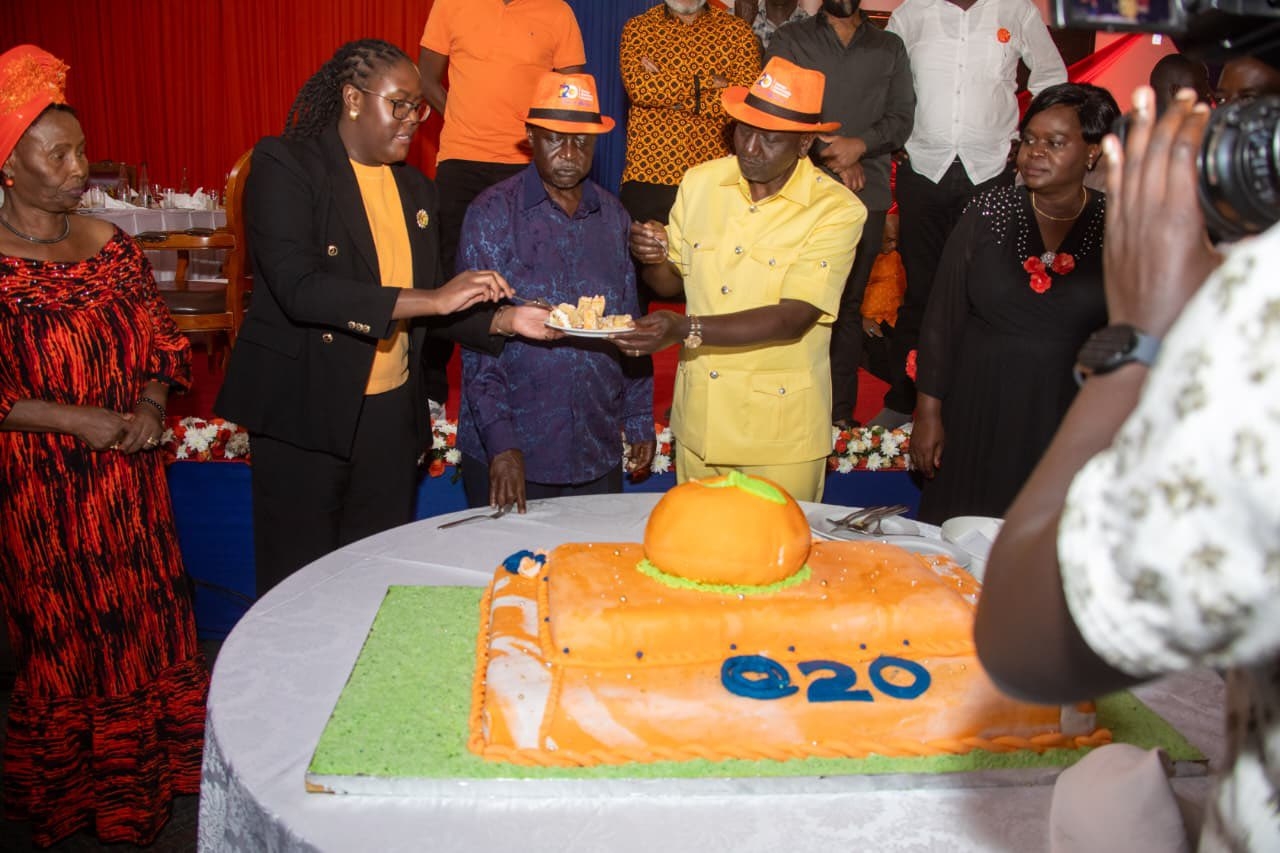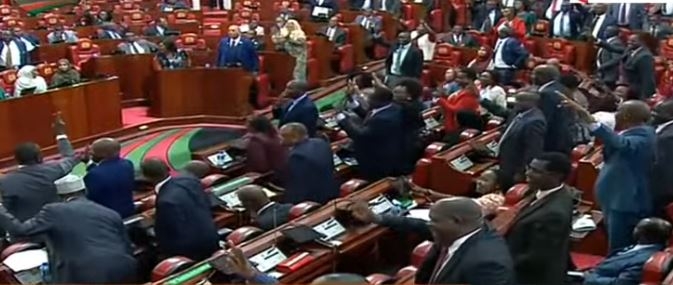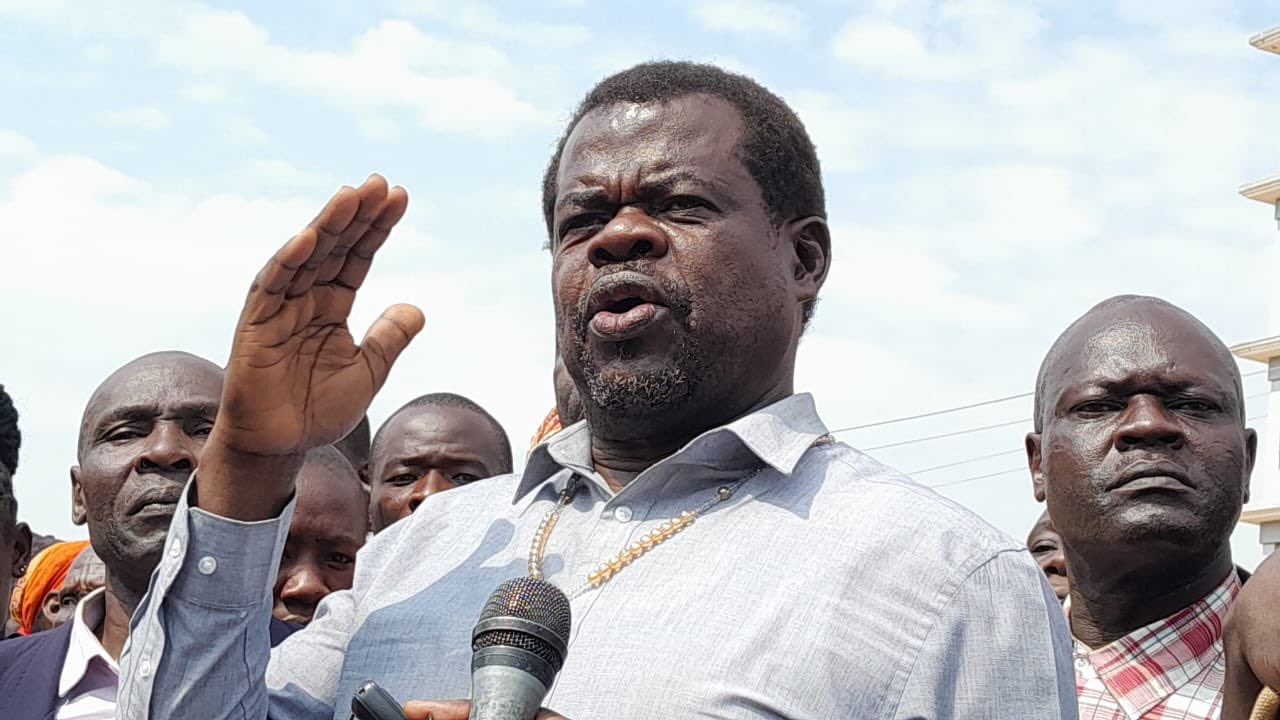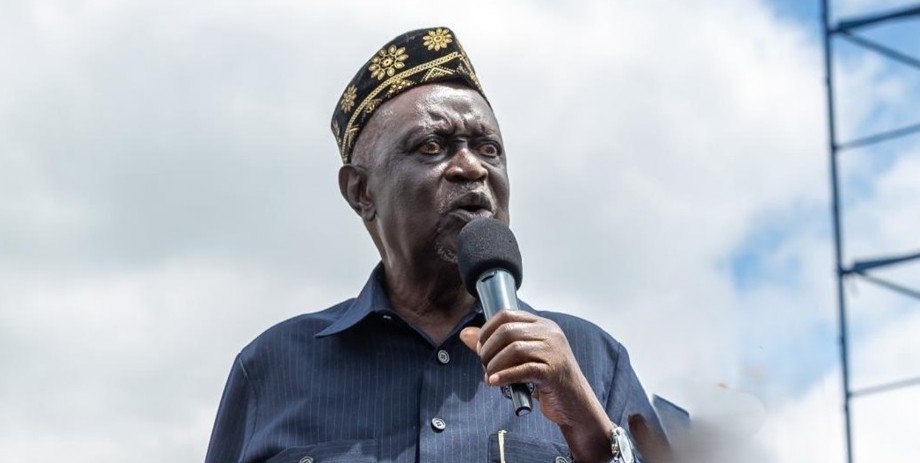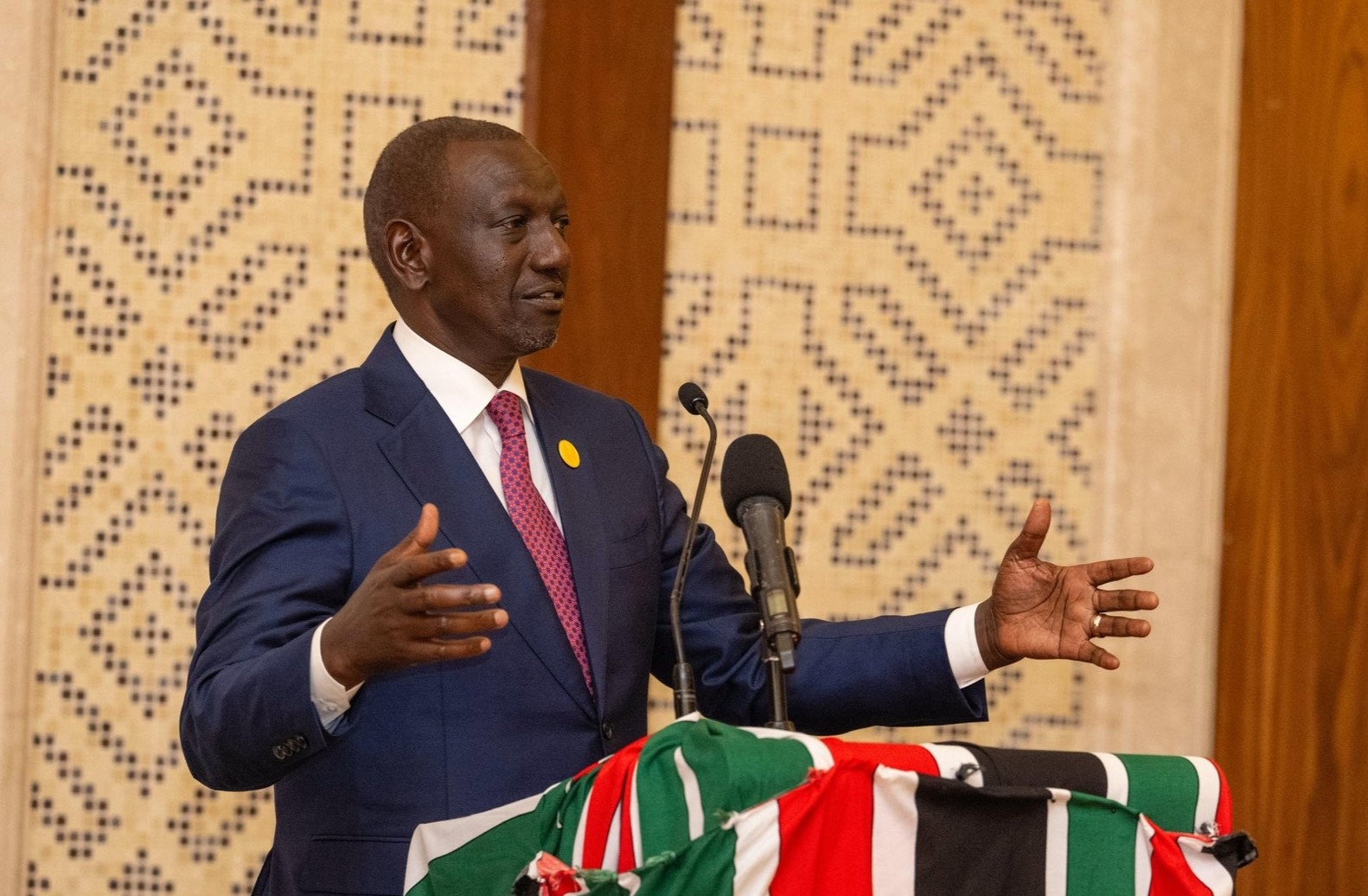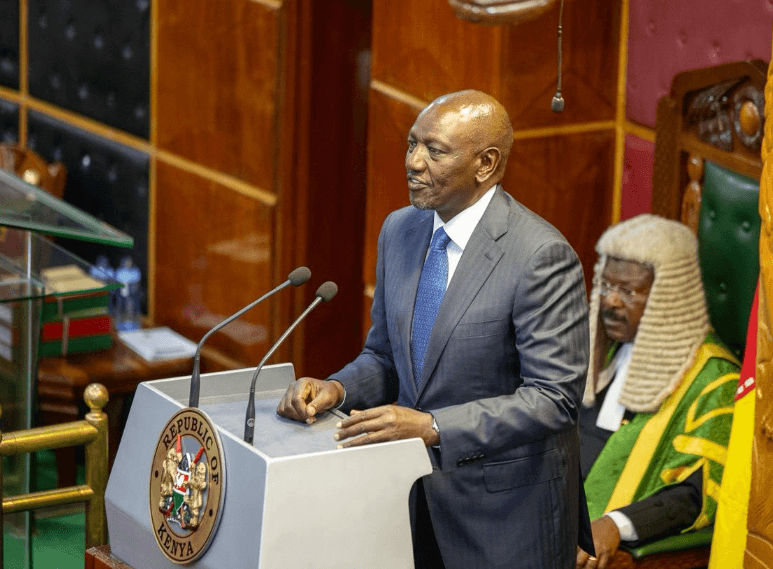Another election. Another failure of systems. Another dispute, another anxiety-laden wait. Another bout of violence. The routine has become depressingly familiar. Over the past week, Kenya has been at a standstill, holding her breath as votes were counted, announcements made and politicians bickered over the results, praying these would not summon the spectre of 2008.
Kenyan presidential elections have always been contentious - a legacy of our history dictatorship. Within a decade of independence from Britain in 1963, the country had been transformed into a de facto one-party state and as long as the centre was not challenged, other aspects of a competitive, democratic system were allowed to function.
This meant that for the first 30 years, while parliamentary races were fiercely competitive -with more than half of incumbent Members of Parliament regularly thrown out - at the presidential level, they remained a placid affair. Jomo Kenyatta and his successor, Daniel arap Moi, as heads of the party were 're-elected' unopposed at every turn.
A year to the 1992 elections, however, everything changed. Following a sustained two-year campaign of protests and international pressure, Moi was forced to reverse a decade-old change to the Constitution which had formally banned political parties other than his own.
This led to the first ever competitive race for President, which set the tone for all presidential contests to come - it was marred by large-scale, ethnic-based, violence, irregularity and outright theft.
The 1992 polls were preceded by government-instigated 'tribal clashes', in which 5,000 people were killed and another 75,000 displaced in the expansive Rift Valley. Just months before the 1997 elections, politically instigated violence killed over 100 people and displaced an estimated 100,000. While both 2002 and 2013 election campaigns were marked by several incidents of violence, with no incumbents running, the violence was somewhat limited.
At first glance, the violence of 2007-08 seems to sit pretty well within this picture. But, on closer inspection, there are fundamental differences. All previous large-scale electoral violence was instigated, controlled and perpetrated either by the government or with its acquiescence. The 2008 violence was the first time Kenyans confronted the prospect of a Hobbesian “war of all against all”, with the opposition also able to mount significant violence.
Kenya’s electoral violence had previously been controlled and limited in geography and scope. Though the 2007-08 was not the worst the country had suffered, it provided a glimpse of a possible and very scary future, where the threat of violence did not stem primarily from the state, but from one’s neighbours and friends.
Kenya has always been a violent country, one silently at war with itself. The colonial state is at the center of that conflict. The various communities and fractions of communities that make up the nation are constantly fighting to control the state, which ironically was created to facilitate others preying on them. At Idependence, rather than reform it, the clique that inherited it, which includes both Uhuru’s and Raila’s fathers, used it to enrich themselves and their friends and relatives at the expense of the rest of society.
Throughout it all, as Matt Carotenuto writes, the state has learned to weaponise the language of 'peace' to avoid scrutiny of its actions and a discussion of the past. “From the days of Jomo Kenyatta’s regime to the Presidency of his son Uhuru, Kenya’s five decades of independence have been marked by wide ranging uses of 'peace' to silence more messy notions of reconciliation and political change.”
As Kenyans settle down to the daily grind, there is a danger that they will once again be urged to, as Kenyatta put it in 2002,“Forget the past, however bitter we may be, and forge a common front to be able to overcome our emotions."
But that would be a mistake becaus if there are any lessons to be learnt from Kenya’s history, it is that a true 'common front' will not be forged through 'forgetting he past' but by facing and dealing with it.
Kenya thus has a choice. The country can either try to recreate the brutality that its colonial state wielded previously and attempt to force the genie back into the bottle, or it could actually attempt to confront and deal with its traumatic past and to begin to create a state that works for all.
Kenyatta appears to have settled for the former, judging by the viciousness with which post-election riots have been put down – at least 24 people have been shot dead and many more, including a six-month old baby, badly beaten.
What prevails in Kenya now, what has always prevailed, is not peace but rather an uneasy calm - a ceasefire of sorts. But it won’t last, nor be translated into a deeper peace unless the country has the courage to fix its frayed national fabric.



